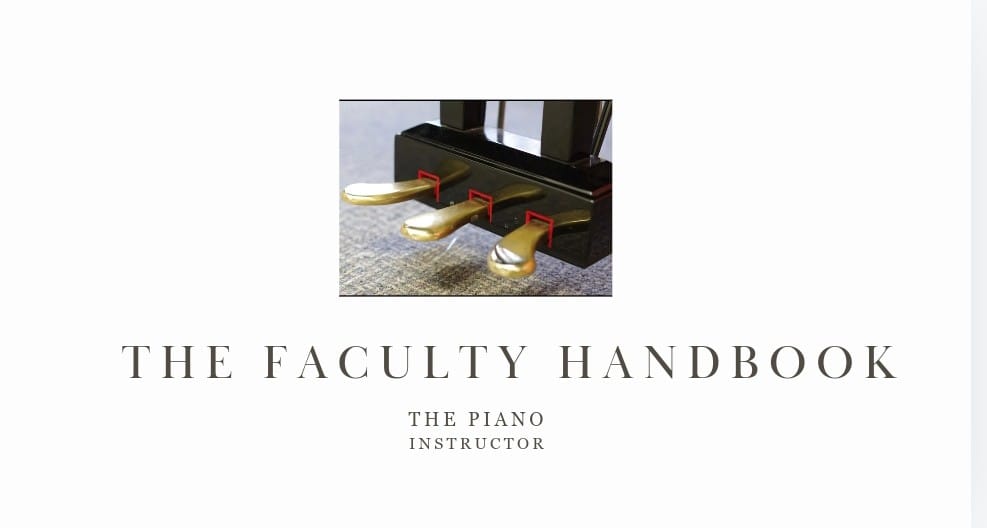You got problems and they're one of eight.

As a beginning teacher, you will encounter bonkers things:
Kids with rocks coming out of their pant legs.
Adults who “forget” to pay you.
Students who don't practice because of Homecoming/robotics/calc exam.
Folks who forget they have lessons until you call.
And more.
Teaching, if you don't have a plan, can be chaotic.
(Teaching with a plan is chaotic but at least you know where it derailed because you had a plan.)
So, how do teachers do it?
Almost all problems can be distilled down to eight categories:
Health and wellness
Curriculum
Neurodivergence Considerations
Socioeconomics
Assessment
Instructional technology
Social emotional learning
That's how it's done.
The best teachers, the ones who made a difference in your life, were excellent problem solvers.
As it happens, most problems in the studio or classroom can be distilled down to these.
And once you realize that Harish's lack of practice might be because he doesn't have a piano (instructional technology) or is a single dad with three kids (socioeconomics) or has difficulty remembering what you said (SEL/neurodivergence/instructional tech), then the problems are less daunting because for each category there are multiple solutions for you to try.
I was successful with my students because I am an excellent problem solver.
This is a skill that can be learned.
And The Faculty Handbook walks you through that, step by step.
